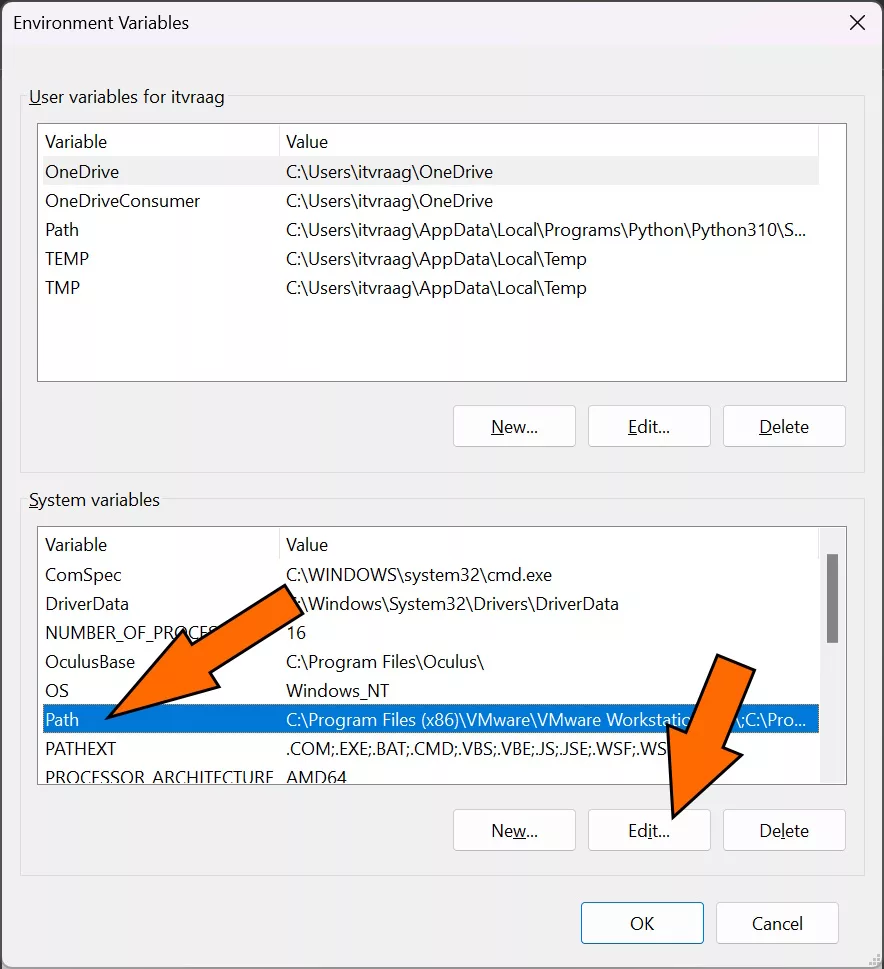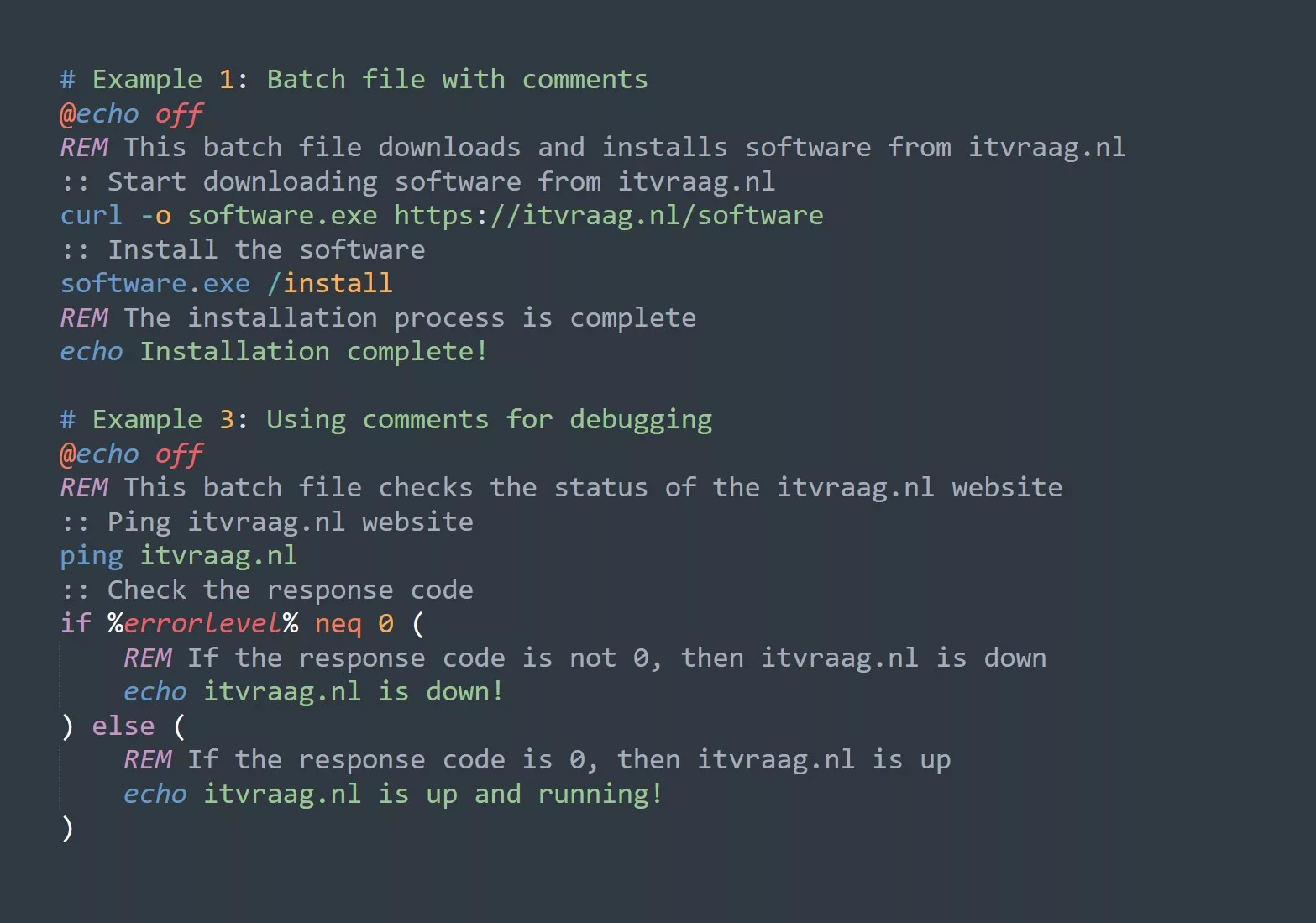Linux is a complex operating system that has many different components and directories, each serving a specific purpose. One of these directories is the “bin” directory, which stands for “binary.” In this blog, we’ll explore what the bin directory is, what it’s used for, and what you can expect to find inside.
What’s the Purpose of the Bin Directory in Linux?
The bin directory is a crucial part of the Linux file system hierarchy. It contains executable files that are used by the system, as well as by the users. In other words, the bin directory contains the basic utilities and commands that are necessary for the system to function properly. These commands are essential for system administrators, as well as for users who need to perform various tasks on the system.
What Goes in the Bin Directory?
The bin directory contains executable files that are used by the system and by the users. These files can be either shell scripts or binary files. Some of the most commonly used executables in the bin directory include ls, ps, and echo. Additionally, the bin directory can contain executables for various applications, such as text editors, compilers, and debuggers.
Where Can I Find the Bin Directory?
The bin directory can be found in the root directory of the file system hierarchy. On most Linux systems, it is located at /bin. This means that you can access the bin directory by navigating to the /bin directory in the file system, as follows:
cd /bin
Using the Bin Directory in Linux
Know Your Commands: It’s important to be familiar with the commands that are stored in the bin directory, as they are essential for system administration. List bin dir. commands with: ls -l
Use Absolute Paths: Use absolute paths when running commands from the bin directory to ensure the correct command is executed, regardless of current working directory. E.g. ls from bin dir: /bin/ls.
Keep Your System Up-to-Date: It’s important to keep your Linux system up-to-date, as this can result in new commands being added to the bin directory, or updates to existing commands. To update your system, you can use the following command:
sudo apt update
sudo apt upgrade
Know When to Use Root Privileges: Some of the commands in the bin directory may require root privileges to be executed. It’s important to be aware of this, and to use the sudo command when necessary. For example run sudo apt update
Be Careful with File Permissions: When modifying files in the bin directory, it’s important to be careful with file permissions. Incorrect file permissions can result in the system being unable to execute the commands in the bin directory. To change the file permissions for a file in the bin directory, you can use sudo chmod +x /bin/filename
Challenge for Readers
Now that you have a better understanding of the bin directory in Linux, why not put your knowledge to the test? Try running some of the commands that we discussed in this blog, such as ls /bin, /bin/ls, and sudo apt update. See if you can navigate the bin directory, and experiment with changing file permissions. To do this safely, it’s best to use a test environment, like a VM sandbox or WSL2 in Windows.
What next?
Next, to continue reading, here are some related topics that might interest you:
- Introduction to the Linux File System Hierarchy
- Understanding Executable Files in Linux
- Exploring Shell Scripts in Linux
- Working with Absolute Paths in Linux
We’d love to hear from you! Do you have any questions or comments about the bin directory in Linux? Let us know in the comments section below.



